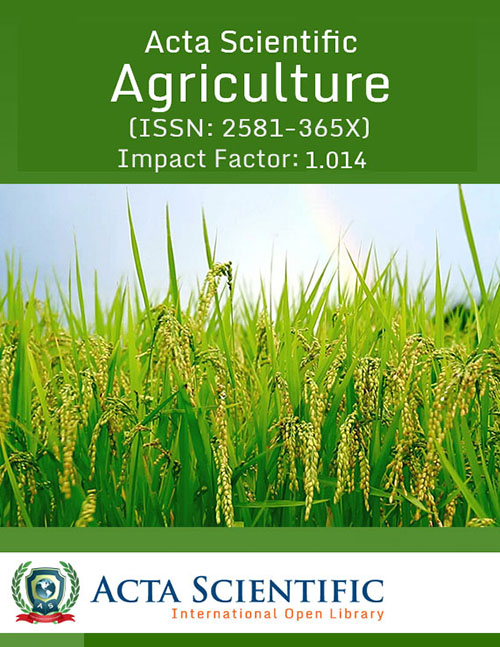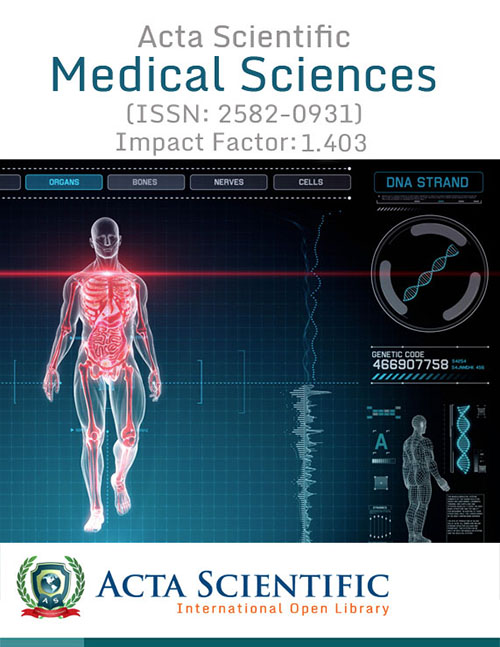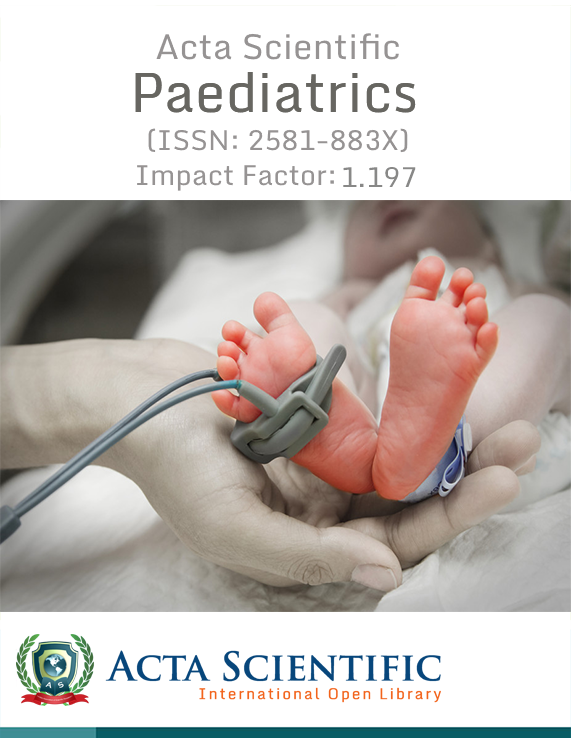Acta Scientific Ophthalmology (ASOP)
Research Article Volume 3 Issue 7
Avinash Poka, Mohan Das T* and Narayan M
Department of Ophthalmology, PES Institute of Medical Sciences and Research, Kuppam, AP, India
*Corresponding Author: Mohan Das T, Junior Resident, Department of Ophthalmology, PES Institute of Medical Sciences and Research, Kuppam, AP, India.
Received: February 25, 2020; Published: June 04, 2020
Introduction: Cornea is responsible for three quarters of dioptric power of the eye and hence any injury to it can cause considerable visual disturbances. Avascularity, while absolutely essential for optical purposes is boon to multiplying organisms. In India there are about 18.7 million blind people. The incidence of corneal blindness is 15.4%, the corneal ulcer contributing (9.34%), corneal dystrophy (0.49%), keratomalacia (1.68%), corneal opacity (3.67%) and others like keratoconus (0.09%) of this. Corneal blindness is a major problem in India, which adds a substantial burden to the community in general and health care resources all over the world. Further, individuals with corneal blindness are usually of a younger age group compared with those suffering from cataract. Hence, in terms blind years the impact of corneal blindness is greater.
Objectives:
- To study the clinical features, etiology and microbiological profile of suppurative keratitis.
- To study the course, final visual and therapeutic outcome of the cases.
- To study the various factors affecting the outcomes and their relationship with the micro biological profile and clinical appearance.
- To identify the signs and symptoms (which carry a poorer prognosis or may indicate a fulminant course).
Materials and Methods: A prospective observational study was conducted at Department of Ophthalmic, PES Institute of Medical Sciences and Research, Kuppam study period between Jan 2018 - 2019. A total 80 subjects who diagnosed has corneal ulcer attending in department of ophthalmology, PESIMSR. The following inclusion and exclusion criteria was used to conduct the research programme inclusion criteria: All cases of suspected Microbial keratitis visiting cornea clinic between January 2018 to June 2019. Exclusion criteria: All cases of clinically suspected non-bacterial and non-fungal keratitis, known cases of degeneration ulcer like Moorens ulcer and Terriens. Patients below 18 years of age and patients unable to give valid consent and one eyed patients.
Results: Total 85 cases was considered for the study group. Out of which male comprises 52 (61.18%) and female was 33 (38.82%) with sex ratio 1:2. The significance was tested based on the logistic regression analysis. Irrespective of gender it was found that incidence and exposure of culture organisms was statistically significant (p < 0.01). The laterality was Correlated between Culture organisms, the analysis was done multivariate logistic regression method. As per the resulted findings, the most occurrences of the organisms was Fusarium 23 (27.06%) (p < 0.01) followed by Bacillus species 14 (16.47%) (p < 0.01), Aspergillums fumigates 12 (14.12%) (p < 0.01), Strep. epidermidis 13 (15.29%) (p < 0.01), Staph aureus 11 (12.94%) (p < 0.01), Aspergillums flavus 8 (9.41%) (p < 0.01) and fewer number of organisms are showed to be Strep. pneumococcus 4 (4.71%) (p < 0.01). The occurrence of the organisms when compared with laterality and other associated factors is found to be statistically significant.
Conclusion: The definitive diagnosis of ulcers caused by multiple organisms can only be arrived at by microbiological evaluation. Accurate diagnostic tests not only play a key role in patient management but also reduce the risk of the patient developing long-term complications.
Keywords: Organisms; Cornea; Incidence; Culture Organisms; Prevalence
References
- Whitcher JP., et al. “Corneal blindness: A global perspective”. Bulletin of the World Health Organization 79 (2001): 214-221.
- Rekhi GS and Kulshreshtha OP. “Common causes of blindness: A pilot survey in Jaipur, Rajasthan”. Indian Journal of Ophthalmology 39 (1991): 108-111.
- Tilak R., et al. “Mycotic keratitis in India: A five-year retrospective study”. Journal of Infection in Developing Countries 4 (2010): 171-174.
- Bharathi JM., et al. “A study of the spectrum of acanthamoeba keratitis: A three year study at a tertiary eye care referral center in South India”. Indian Journal of Ophthalmology 55 (2007): 37-42.
- Garg P., et al. “The value of corneal transplantation in reducing blindness”. Eye 19 (2005):1106-1114.
- Causes of blindness and visual impairment (2011).
- Resnikoff S., et al. “Global data on visual impairment in the year 2002”. Bulletin of the World Health Organization 82 (2004): 844-851.
- Srinivasan M., et al. “Epidemiology and etiological diagnosis of corneal ulceration in Madurai, South India”. British Journal of Ophthalmology 81 (1997): 965-971.
- Bashir G., et al. “Bacterial and fungal profile of corneal ulcers-a prospective study”. Indian Journal of Pathology and Microbiology 48 (2005): 273-277.
- Upadhyay MP., et al. “Epidemiologic characteristics, predisposing factors and etiological diagnosis of corneal ulceration in Nepal”. American Journal of Ophthalmology 111 (1991): 92-99.
- Laspina F., et al. “Epidemiological characteristics of microbiological results on patients with infectious corneal ulcers: A 13 year survey in Paraguay”. Archive for Clinical and Experimental Ophthalmology 242 (2004): 204-209.
- Chander J and Sharma A. “Prevalence of fungal corneal ulcers in Northern India”. Infection 22 (1994): 207-209.
- Leck AK., et al. “Etiology of supportive corneal ulcers in Ghana and south India and epidemiology of fungal keratitis”. British Journal of Ophthalmology 86 (2002): 1211-1215.
- Srinivasan M., et al. “Epidemiology and etiological diagnoses of corneal ulceration in Madurai, South India”. British Journal of Ophthalmology 2 (1997): 965-971.
- Basak SK., et al. “Epidemiological and microbiological diagnosis of suppurative keratitis in Gangatic West Bengal, Eastern India”. Indian Journal of Ophthalmology 1 (2005): 17-22.
- Gopinathan U., et al. “Review of epidemiological features, microbial diagnosis and treatment outcome of microbial keratitis: Experience of over a decade”. Indian Journal of Ophthalmology 2 (2009): 273-279.
- Geethakumari, P.V., et al. “Bacterial Keratitis and Fungal Keratitis in South Kerala: A Comparative Study”. KJO1 (2011): 43-46.
- Tewari A., et al. “Epidemiological and microbiological profile of infective keratitis in Ahmedabad”. Indian Journal of Ophthalmology 2 (2012): 267-272.
- Balagurunathan R., et al. “Laboratory diagnosis and prevalence study of corneal infections from a tertiary eye care hospital”. Advances in Applied Science Research3 (2012): 1598-1602.
- Kunwar M., et al. “Microbial Flora of Corneal Ulcer and their Drugs Sensitivity”. Medical Journal of Shree Birendra Hospital 1 (2013):14-17.
- Bharathi M.J., et al. “Aetiological diagnosis of microbial keratitis in South India - A study of 1618 cases”. Indian Journal of Medical Microbiology 1 (2002): 19-24.
- Leck AK., et al. “Aetiology of suppurative corneal ulcers in Ghana and south India, and epidemiology of fungal keratitis”. British Journal of Ophthalmology 11 (2002): 1211-215.
- Assudani JH., et al. “Etiological diagnosis of microbial keratitis in a tertiary care hospital in Gujarat”. National Journal of Medical Research 1 (2013): 60-62.
- Kumar A., et al. “Microbial keratitis in Gujarat, Western India: findings from 200 cases”. The Pan African Medical Journal 1 (2011): 48-56.
- Sanjeev H., et al. “Fungal Profile of infectious keratitis in a tertiary care hospital- our experience”. Nitte University Journal of Health Science 2 (2012): 10-14.
- Katara RS., et al. “A Clinical Microbiological Study of Corneal Ulcer Patients at Western Gujarat, India”. Acta Medica Iranica 6 (2013): 399-403.
- Ibrahim MM., et al. “Epidemiologic aspects and clinical outcome of fungal keratitis in southeastern Brazil”. Indian Journal of Ophthalmology 3 (2009): 355-361.
- Thomas PA., et al. “Characteristic clinical features as an aid to the diagnosis of suppurative keratitis caused by filamentous fungi”. British Journal of Ophthalmology 2 (2005): 1554-1558.
- Balows A., et al. “Manual of Clinical Microbiology, 6th edition”. Washington, DC: American Society for Microbiology (1991).
- Bharathi MJ., et al. “Epidemiological Characteristics and laboratory diagnosis of fungal keratitis: a three-year study”. Indian Journal of Ophthalmology 51 (2003): 315-321.
- Dunlop AA., et al. “Suppurative Corneal ulceration in Bangladesh: A study of 142 cases examining the microbial diagnosis, clinical and epidemiological features of bacterial and fungal keratitis”. Australian and New Zealand Journal of Ophthalmology2 (1994).
Citation
Citation: Mohan Das T., et al. “A Clinical Profile of Corneal Ulcer in a Rural Tertiary Care Hospital”. Acta Scientific Ophthalmology 3.7 (2020): 02-12.
Copyright
Copyright: © 2020 Mohan Das T., et al. This is an open-access article distributed under the terms of the Creative Commons Attribution License, which permits unrestricted use, distribution, and reproduction in any medium, provided the original author and source are credited.
Journal Menu
Metrics
News and Events
- Publication Certificate
Authors will be provided with the Publication Certificate after their successful publication - Last Date for submission
Authors are requested to submit their manuscripts before December 22, 2025.


















